Play, experiment, learn, survive! Life on the Edge is a tower defense game to strengthen knowledge of cellular biology. While maintaining homeostasis, place structures in the membrane to defend your cell against fierce bacteria and even the Covid-19 virus.
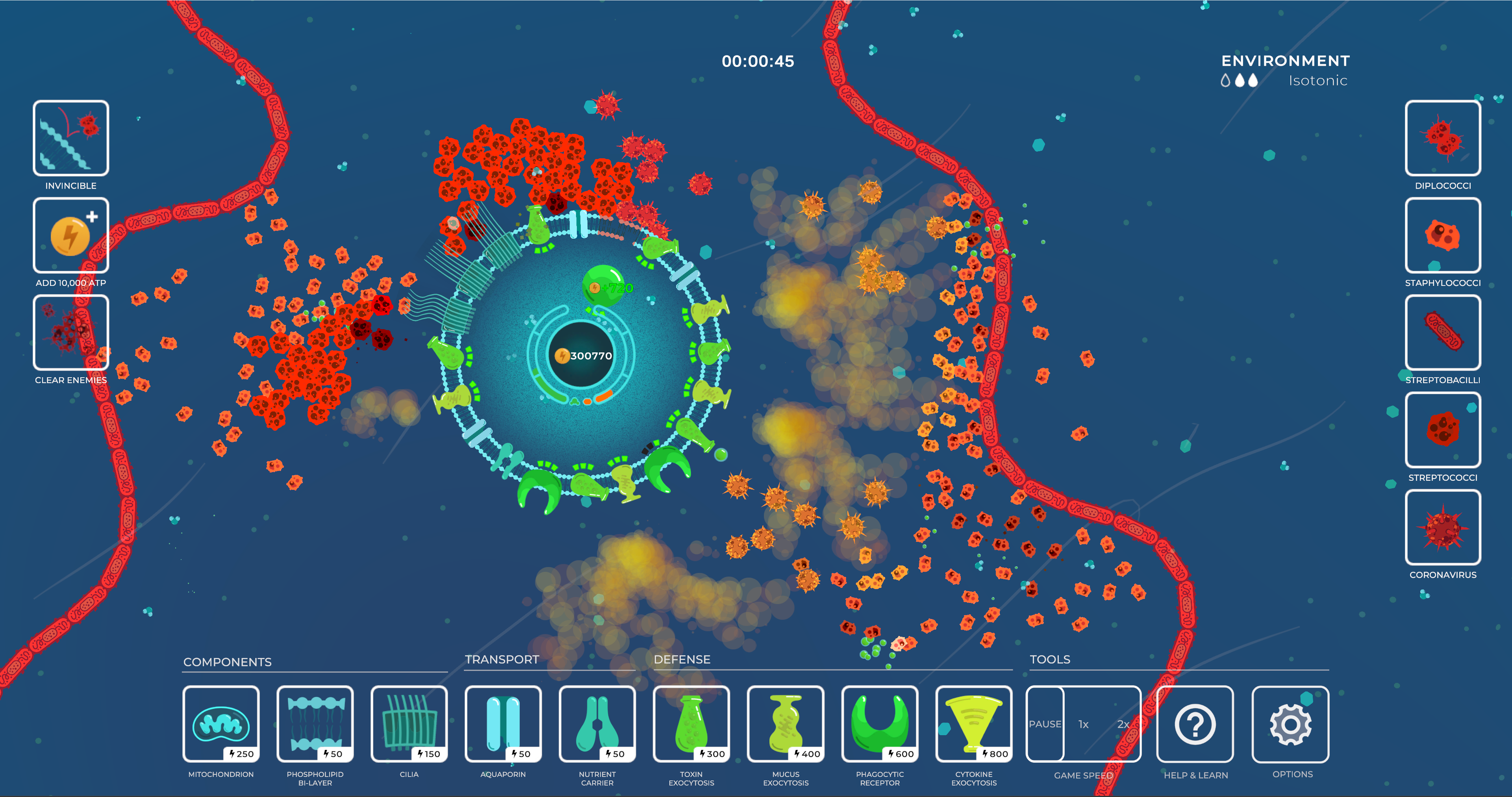
Play, Experiment, Learn, Survive!
Build your defenses against the bacterial hoards! Test new strategies against diseases like Covid-19. Manage your resources, and upgrade your membrane all the way to victory.
A REsource For Educators
LOTE provides an immersive perspective on cell biology. Educators can utilize game-based learning in their classrooms to help students increase engagement with course content.
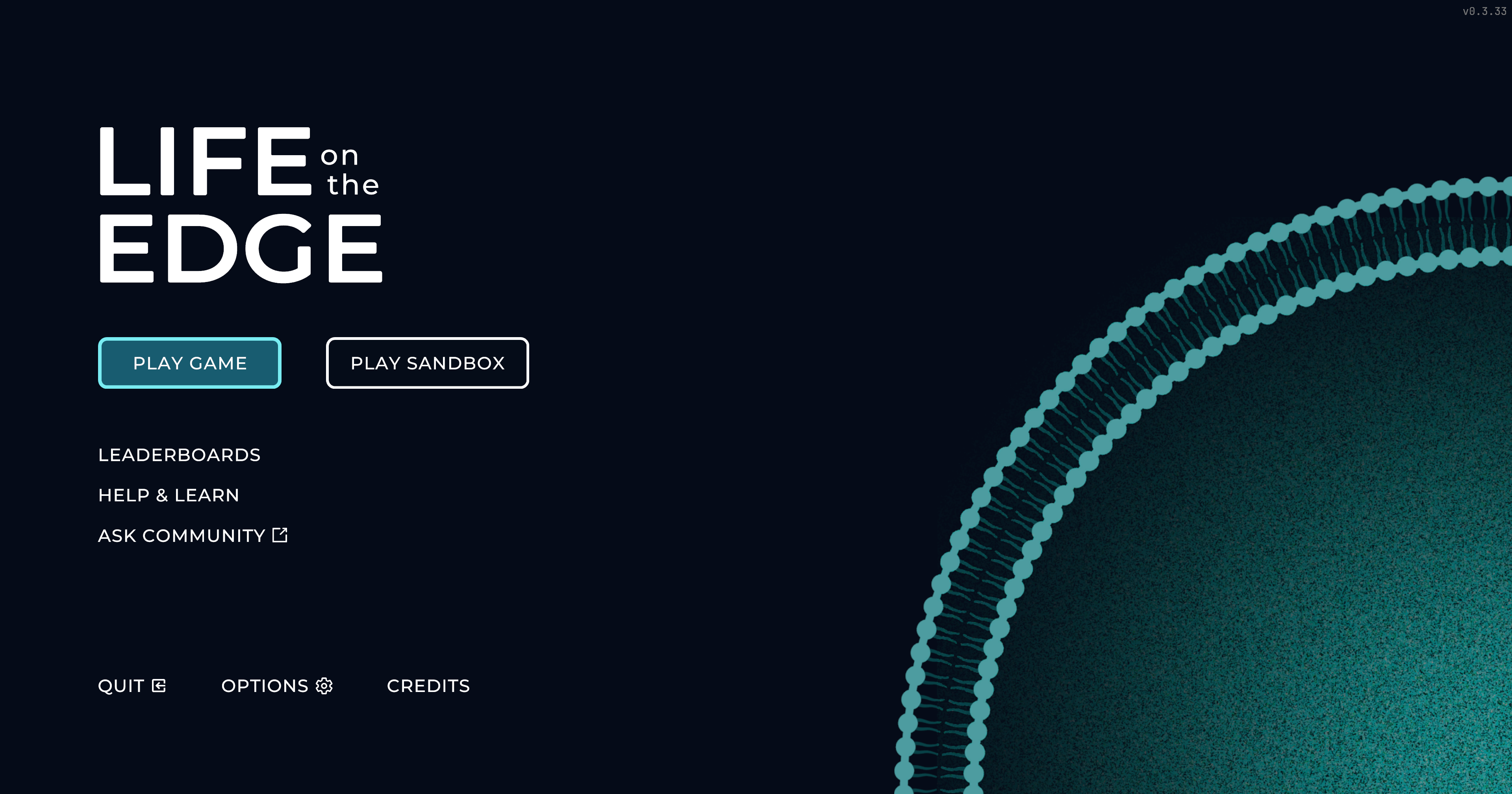
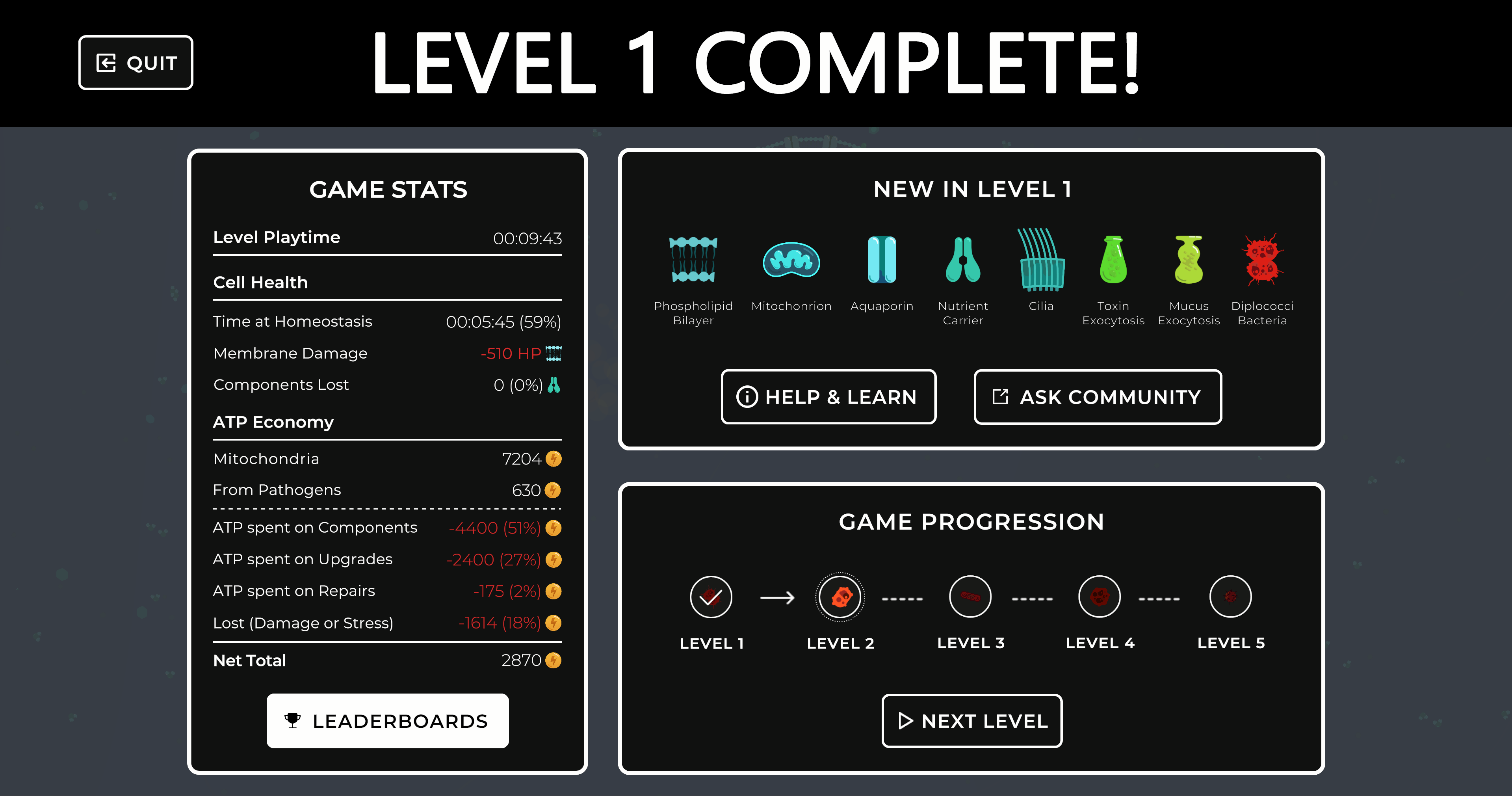
COMPETITION AMONGST PEERS
Whether it is in the classroom or online, compete amongst your peers for the highest rankings. Each level is ranked separately, so you can see where others may have struggled as well as succeeded.
THE MAKING OF LIFE ON THE EDGE
Designed and built by MacEwan University faculty and students, follow along the journey of what went into the making of Life on the Edge. This journey was its own learning experience for all those involved and could be a template for interdisciplinary research.
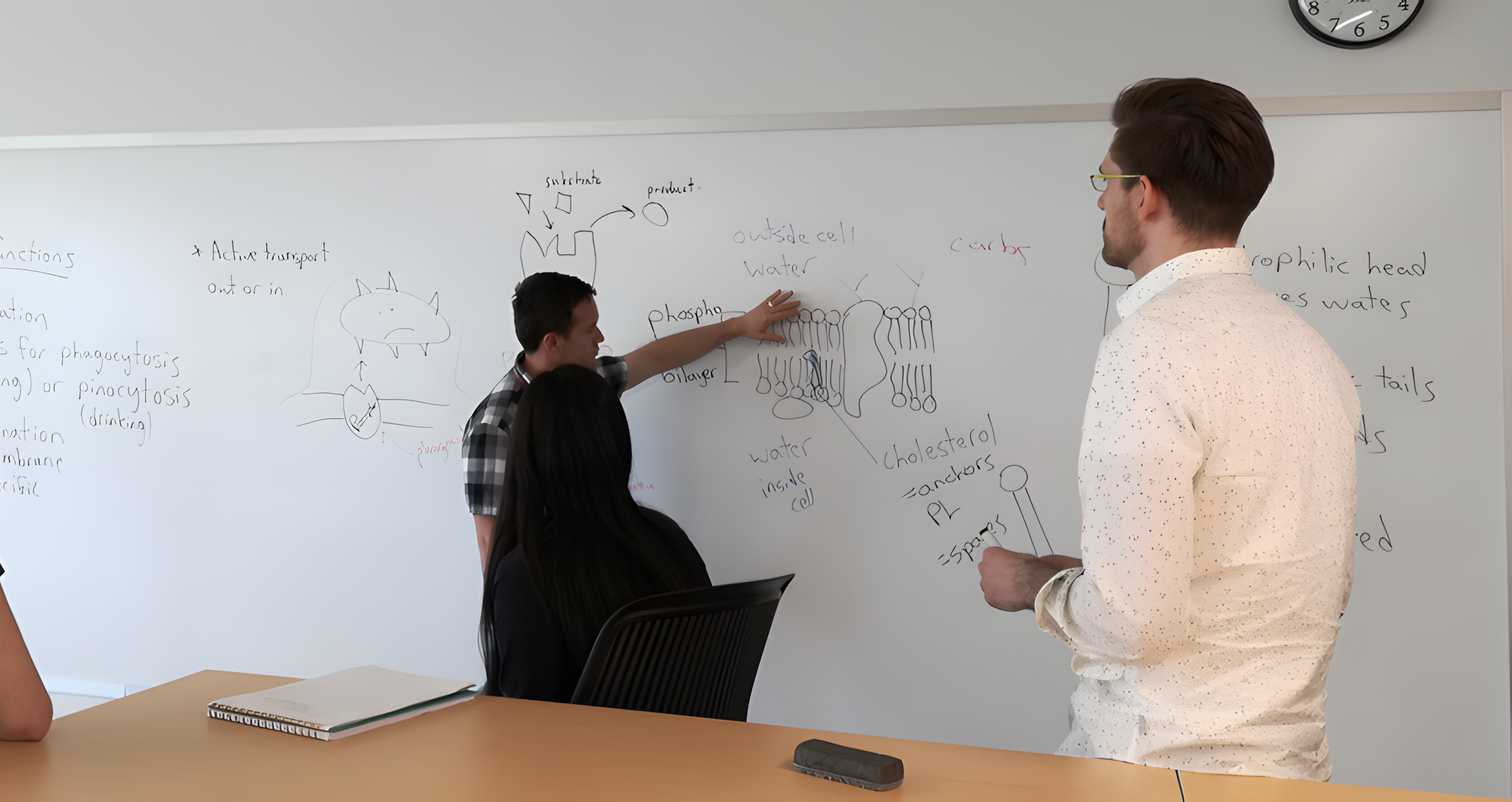
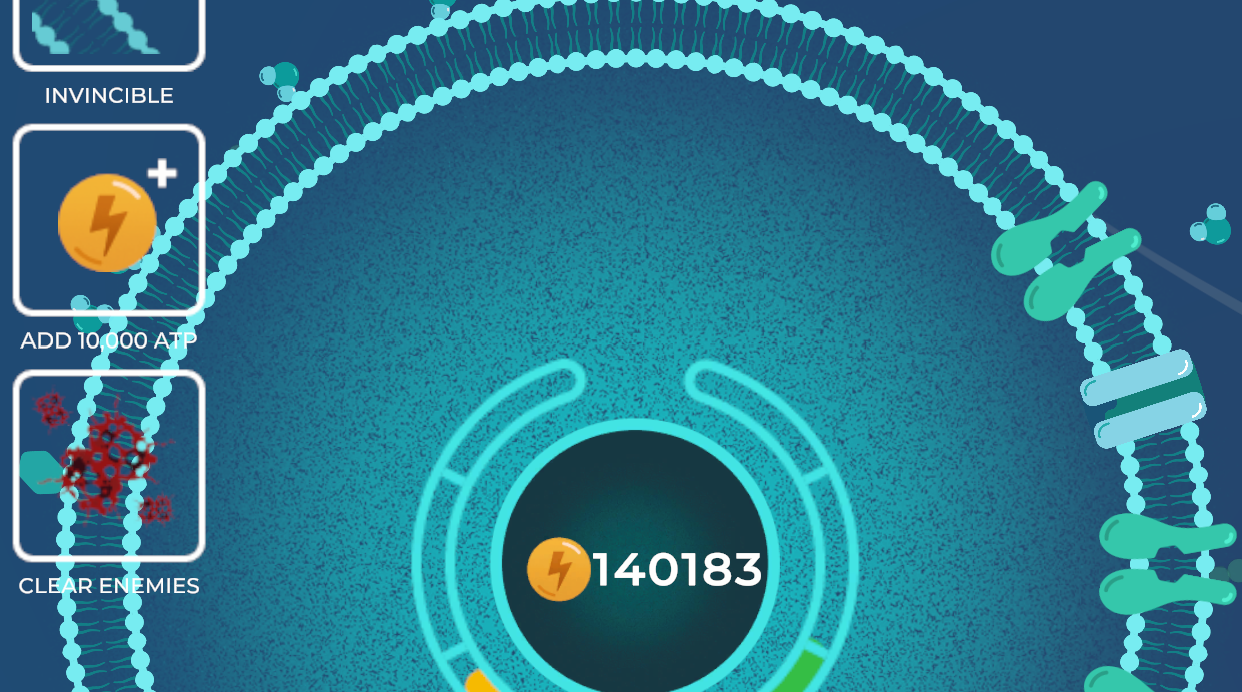
Research into Game-based Learning
We are conducting research on the effectiveness of game-based learning. This is an ongoing project, where we are analyzing data collected at a Canadian University. Catch up on our past findings, and follow for future updates as we complete our research.